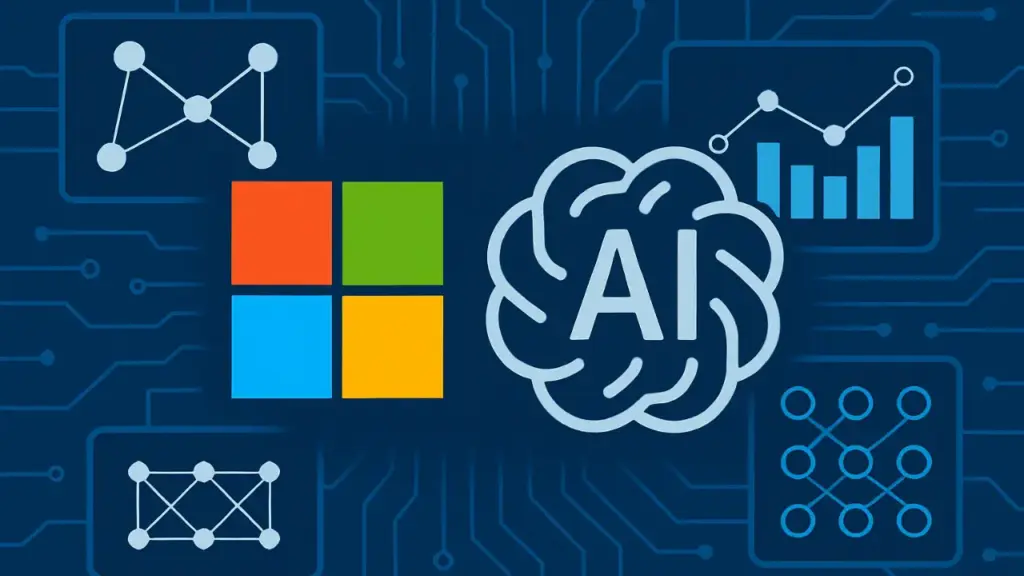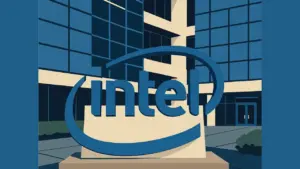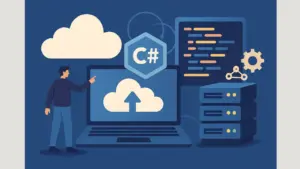Introduction: The AI Infrastructure War Has Begun
Microsoft is making big moves in artificial intelligence, but not just where you might expect. While much of the world sees its partnership with OpenAI as the cornerstone of its AI strategy, something deeper is happening. Behind the scenes, Microsoft is building a powerful, multi-model AI ecosystem designed to give it control over the infrastructure that powers the future of AI.
Why? Because in today’s fast-moving tech world, relying on a single AI vendor is a risky game. Having spent 25 years building tech systems, I can tell you this: flexibility and control are the keys to survival and dominance. Microsoft knows this too.
1. The Rise of Azure AI Foundry
Microsoft’s Azure AI Foundry is quickly becoming the backbone of its diversified AI ambitions. Reports now suggest Microsoft engineers have been told to prepare Azure to host Grok—xAI’s model originally launched by Elon Musk’s team.
Grok joins other major models like Meta’s Llama, DeepSeek, and potentially even Anthropic’s Claude. This means Azure is turning into a true AI platform, where developers and enterprises can choose the best model for their needs.
Microsoft’s VP of AI Platform called Azure AI Foundry the “operating system on the backend of every single agent.” That statement reveals Microsoft’s bold goal: not to win with a single model, but to become the infrastructure behind all models.
2. Why a Multi-Model Strategy Matters
Depending on just one vendor in technology has always been dangerous. Things change fast, and companies that bet on only one solution often lose out when the landscape shifts. Microsoft understands this well.
Smart CTOs have long followed a multi-vendor approach to reduce risk. Microsoft is now applying that same principle to AI. Instead of being tied down to OpenAI, it’s building a marketplace of models, each with different strengths.
This strategy gives developers more choice. It also allows Microsoft to stay flexible as AI research evolves. If one model outperforms another in a certain task, Microsoft customers can quickly pivot without needing to change platforms.
3. Microsoft’s AI Ecosystem: More Than Just OpenAI
Let’s be clear—Microsoft isn’t dumping OpenAI. It has invested billions into the company and integrated its models deeply into products like Copilot, Word, and Excel. But now, it’s adding more options to the mix.
This includes:
- Meta’s Llama for open-source AI development
- DeepSeek for language-based intelligence
- Grok from xAI for conversational interfaces
- Potentially Claude from Anthropic for reasoning and safety
These models aren’t just backups. They’re competitive alternatives that serve different use cases. Microsoft is offering these models to both its own internal teams and external developers. This move is strategic. It keeps OpenAI close, but reduces dependence.
The hiring of Mustafa Suleyman, co-founder of DeepMind, is also telling. He brings inside knowledge of competitive models and strengthens Microsoft’s position in the AI world.
4. The Silent Tensions with OpenAI
Microsoft’s growing list of model partnerships isn’t just about technical flexibility. It’s also a message to OpenAI.
Reports from The Information and other sources indicate rising tension between the two companies. Microsoft has been testing Meta and xAI models as potential replacements in its Copilot AI tools.
At the same time, OpenAI has reportedly expressed frustration. They want Microsoft to “provide money and compute and stay out of the way.” That kind of relationship isn’t sustainable for a company like Microsoft, which thrives on owning infrastructure.
These moves—hosting Grok, testing Claude, hiring Suleyman—aren’t random. They’re calculated decisions. They give Microsoft leverage at the negotiating table and protect its future if the OpenAI partnership changes.
5. Infrastructure as the Ultimate Power Move
Here’s the real game: control the infrastructure, and you control the future.
Microsoft doesn’t need to win the AI model race. It just needs to be the platform everyone builds on. That’s exactly what happened with Windows. The company didn’t make every app, but it owned the environment they all ran on.
Today, Microsoft is doing the same with Azure AI Foundry. By hosting all major AI models, it positions itself as the toll collector of the AI economy. No matter which model becomes most popular, it runs on Microsoft’s cloud.
This is a longer-term play. Owning a piece of OpenAI is valuable, but owning the infrastructure that runs all AI models? That’s empire-level thinking.

6. Conclusion: Microsoft’s Strategic Bet on AI’s Future
Microsoft isn’t turning its back on OpenAI. It’s building a broader, smarter strategy that ensures it thrives no matter how the AI model war plays out. By transforming Azure into the home of every major model—from Grok to Llama to DeepSeek—Microsoft is playing a bigger game.
This is more than just diversification. It’s a power move to dominate the AI infrastructure space. And it’s a playbook that smart tech leaders have followed for decades: own the system, not just the parts.
For startups, developers, and enterprises watching the AI space, this shift should be a wake-up call. The real winners won’t just be the companies that build the smartest bots, but the ones that power them all.
At StartupHakk, we believe in studying moves like these because they define the future of tech. And right now, Microsoft is showing the world exactly how to play the long game in AI.




